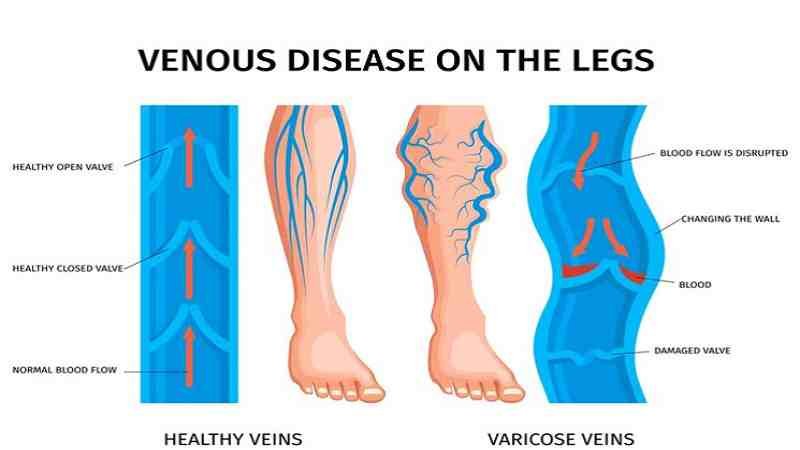Varicose veins are often viewed as blemishes but can cause pain, itching, and bleeding. If you have varicose veins, a vein clinic may perform sclerotherapy or endovenous ablation to remove them. Vascular specialists also provide compression stockings and tips for preventing future appearances. Here are three ways to prevent varicose veins:
Stay Active and Eat a Balanced Diet
Varicose veins are large bulging veins visible through the skin. They often appear in the legs when valves inside the veins malfunction. Damaged veins cannot keep blood flowing upward toward the heart, causing backflow and pooling. This results in bulging veins that appear as blue, purple, or red protruding pathways along your leg. Regular exercise and physical activities, like swimming, cycling, and walking, promote blood circulation and strengthen your leg muscles.
Physical activity engages your calf muscles, which help pump blood back to your heart. Working out also improves overall health, including your veins and valves. Vascular specialists usually recommend regular exercise, proper hydration, and a balanced diet featuring fiber-rich foods. A balanced diet prevents constipation and abdominal pressure that might strain your veins. Adequate hydration also supports blood flow.
Maintain a Healthy Weight
Excess weight on your legs and blood vessels can lead to the development of varicose veins. Weight increases pressure on veins, which can result in valve damage. Your heart also has to work harder to circulate blood throughout your body. Maintaining a healthy weight includes staying active and eating a balanced diet.
Some varicose veins develop during pregnancy and disappear after childbirth. Visit a vein clinic if the condition is accompanied by pain, itching, and other unwanted symptoms. Doctors also evaluate whether your condition poses any health risk to you or your baby. Treatments for during pregnancy range from noninvasive approaches involving physical activity, compression stockings, and medication. Vascular specialists may also recommend sclerotherapy and endovenous ablation for large veins or severe cases.
Practice Healthy Habits
Varicose veins result from blood pooling in your veins due to damaged valves, poor circulation, and excess strain. Address circulation and strain issues through healthy practices, such as changing positions frequently to avoid prolonged hours of sitting or standing. Switching positions reduces the likelihood of pooling and keeps you active. Periodically elevating your legs above the heart level can also improve blood flow and relieve pressure on your veins.
Avoid smoking, which can damage blood vessels and impair circulation, increasing the risk of vein and valve problems. Wear comfortable shoes and clothing, avoiding tight options that restrict blood flow and strain your calf muscles. You can also wear compression stockings to improve circulation and reduce the risk of varicose and spider veins. Seek professional medical advice to manage hormonal changes and other issues linked to varicose veins. Discuss preventative strategies with a vascular specialist if you have a family history of .
Visit a Vein Clinic Today
Preventative measures reduce the risk of new varicose veins forming after treatment procedures like sclerotherapy and endovenous ablation. If you are at risk or already have , a vascular specialist can help you determine suitable preventions and treatments. Contact a vein clinic today to learn more about the causes, symptoms, treatments, and preventions for varicose veins.





